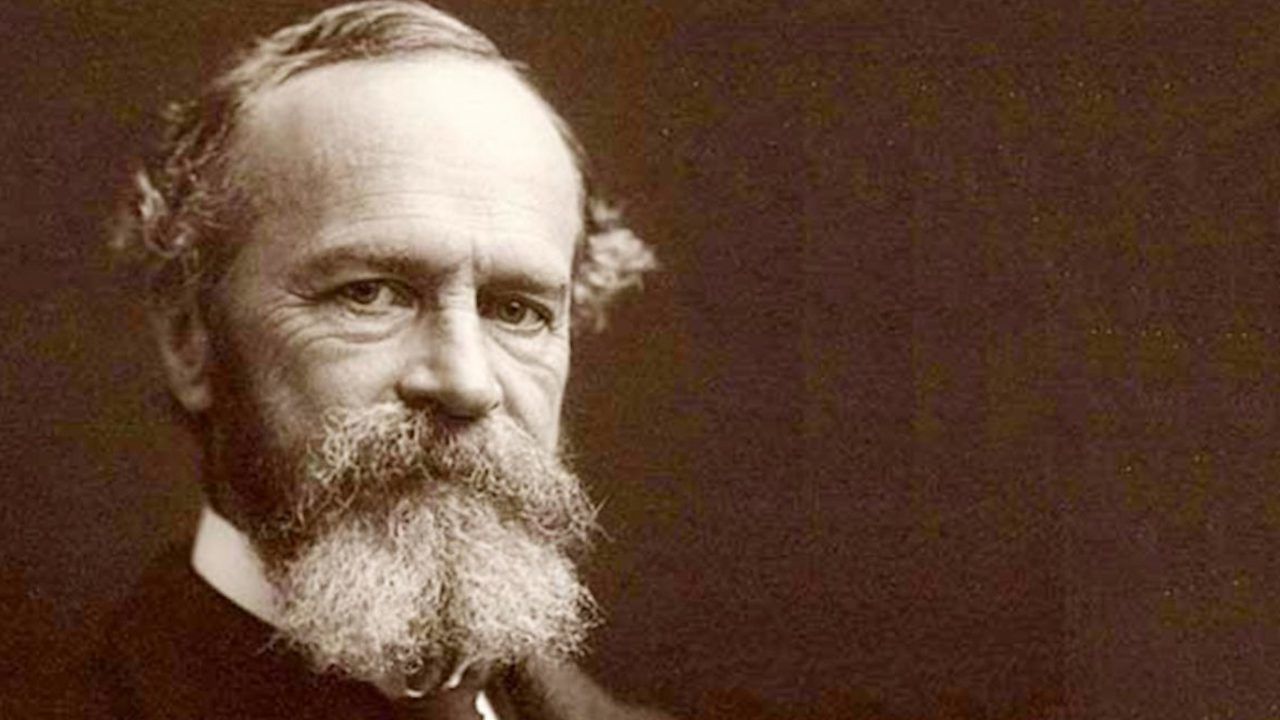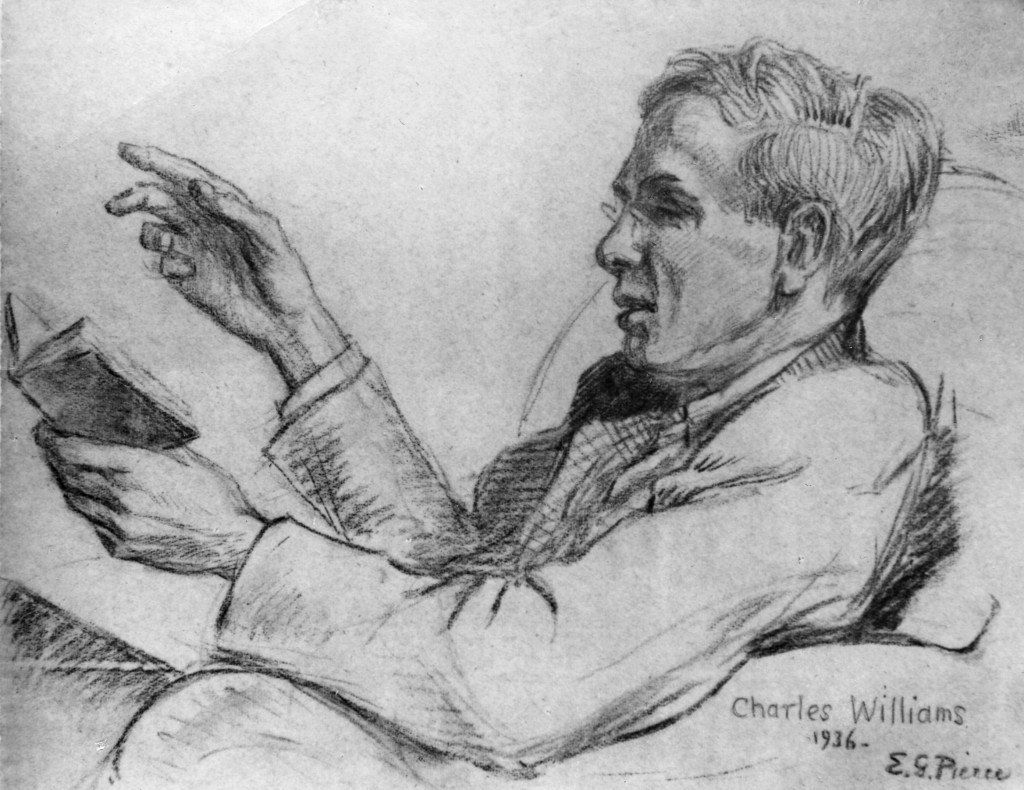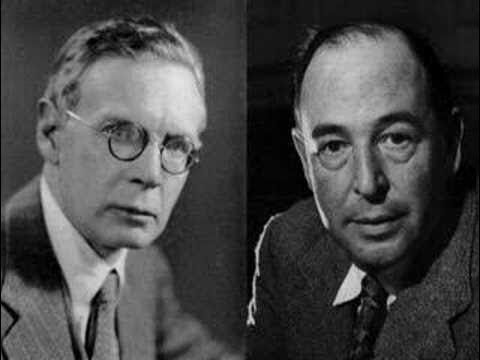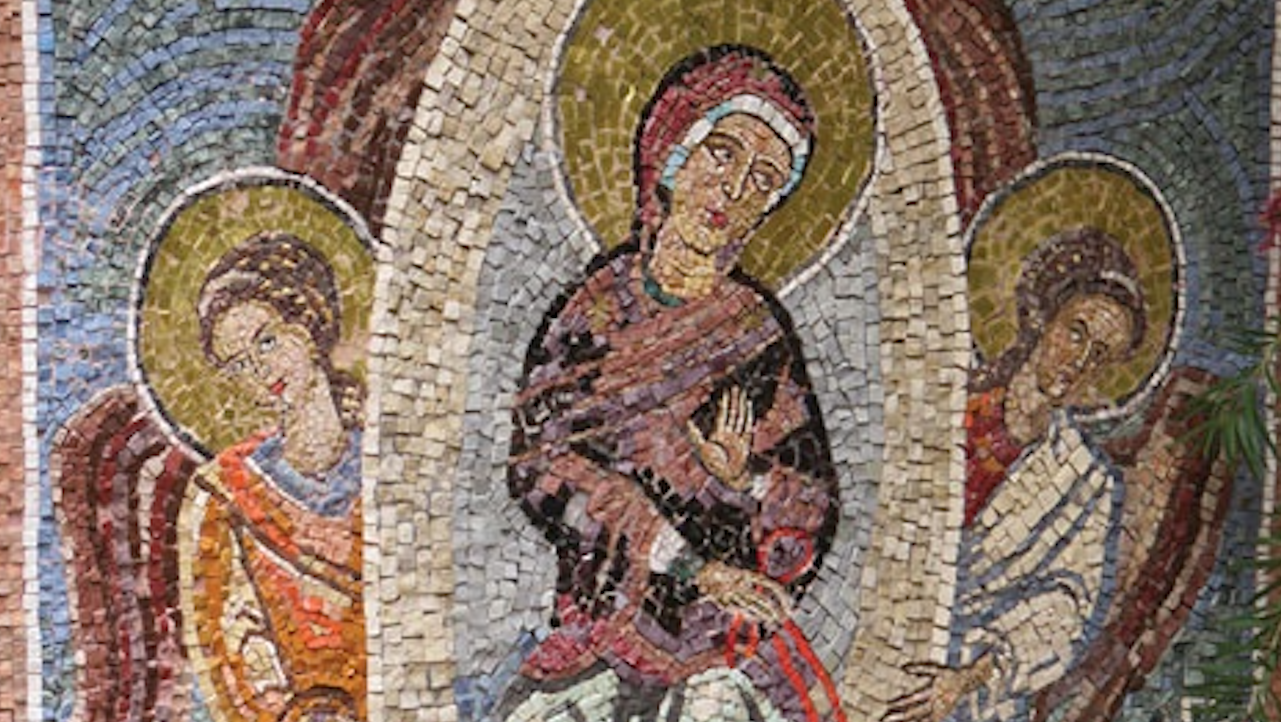Secularization stories put forth a picture of the spiritual shape of our present age. Taylor calls it the “Immanent Frame,” which he clarifies by focusing on six key characteristics. According to Taylor, (1) the buffered identity of the (2) disciplined (3) individual moves in a (4) constructed social space in which (5) instrumental rationality is highly valued and (6) time is thoroughly secularized. We find ourselves in the immanent frame with a seventh characteristic “background idea”: (7) the immanent frame as the “natural” order, in contrast to a supernatural order.
Charles Mathewes and Joshua Yates illustrate the immanent frame by contrasting the famous Lisbon earthquake of 1755 with Hurricane Katrina in 2005. Whereas the Lisbon earthquake was interpreted as the pouring out of divine retribution, regardless of what moral one may have taken from Hurricane Katrina, this more recent “disaster had only meteorological and sociopolitical significance.” They thus conclude:
As this example suggests, the immanent frame is distinctively “immanent” because it offers no essential functional role for transcendence in shaping human moral existence. This modern moral order has no organic or functional role for God—God becomes a hypothesis, “an entity,” as Taylor says, “which we have to reason towards out of this framework” (ASA 294). At least on its surface, the modern moral order appears to work fine without recourse to the transcendent or the supernatural.
This is the world in which we now live: a self-sufficient, natural, immanent order with the transcendent pushed out of the picture. And as Taylor argues, this “immanent frame is common to all of us in the modern West,” whether we are believers or unbelievers. The key question, then, isn’t about whether we live in an immanent frame; the pressing issue is how we live in it.
There are two possible stances in the immanent frame: open or closed. We are all pushed in one of these two directions. On the one hand, we can be tipped toward closure to any transcendent or supernatural order. Taylor offers several potential sources: (1) feeling menaced by fanaticism, i.e., a reaction to what is perceived as a fanatical rejection of the sensual and the earthly by identifying a transcendent goal; (2) feeling like we are a part of and belong to nature: “There is a strong attraction to the idea that we are in an order of ‘nature,’ in which we are part of this greater whole, arise from it, and don’t escape or transcend it, even though we rise above everything else in it”; and (3) feeling a sense of awe and wonder that we could rise out of lower nature: “There is a mysterious process here; something deep to understand. We are very drawn to this; we want to explore it.” On the other hand, we can also be tipped toward being open to something beyond. This may have been developed in a religious upbringing; or experiences of prayer, liturgy, or religious music may push us in this direction. This may be impressed further if these experiences or upbringing are “woven into a cherished and crucial collective identity” (e.g., a nation, an ethnic group, or a religious movement) which seems to be connected with God or transcendence.
We tend to choose our path based upon our view of the transcendent. If we view the transcendent as a threat, a distraction, or an obstacle to our good, we’ll be more inclined to a closed perspective. If we can see it as the fulfillment of our good, an answer to our deepest desires, then we’ll probably be moved toward an open perspective. As Taylor notes, however, just because one perspective is chosen over another doesn’t necessarily mean a person has “faced this issue in its clearest and starkest way.” He suggests this is because “they have not necessarily stood in that open space where you can feel the winds pulling you, now to belief, now to unbelief.” Taylor calls this space the “Jamesian open space.”
The notion of choosing one side or the other, however, is misleading. The immanent frame, according to Taylor, isn’t primarily a set of beliefs about which we debate to determine our choice of perspective. Instead, “it is the sensed context in which we develop our beliefs.” And for most of us, “one or other of these takes on the immanent frame, as open or closed, has usually sunk to the level of such an unchallenged framework, something we have trouble often thinking ourselves outside of, even as an imaginative exercise.” Consequently, those who operate out of an open framework find it difficult to make sense of a closed construal. And vice versa, those who operate out of a closed framework find it difficult to conceive of the transcendent.
From another perspective, Taylor suggests we can think of the two sides as having what Wittgenstein famously called a background “picture,” largely unformulated but nevertheless controlling the way we view the world. So it is this Wittgensteinian picture, our “over-all take on human life,” that pushes us in one direction or the other. And “our over-all sense of things anticipates or leaps ahead of the reasons we can muster for it.” Taylor compares it to a hunch or an “anticipatory confidence,” by which he means a “leap of faith.” Indeed, “both open and closed stances involve a step beyond available reasons into the realm of anticipatory confidence.” Taylor concludes that “full lucidity,” the ability to take a stark and clear look at both sides, requires a recognition that our confidence in a take is partly anticipatory.
So we all live in an immanent frame. This is an inescapable reality. We also all have a Wittgensteinian background “picture” that tips us in one direction or the other. And we are held captive by that picture. We find it hard to step outside of it to feel the full force of an alternative picture. Either we can be so deeply captivated by one “picture” or another that we’re unable to imagine any other possibility, or we might “be in somewhat better shape: capable of seeing that there is another way of construing things, but still having great difficulty making sense of it.” But in order to stand in the “Jamesian open space,” we must be able to go beyond seeing the possibility of another construal and “actually feel some of the force of each opposing position.” However, as Paul Janz notes in an insightful article on Taylor’s notion of a Jamesian space, it is important to understand that feeling the force of the other side does not simply mean that a believer must “consider the reasonabilities for unbelief with the greatest honesty, attentiveness, and openness, or likewise in the other direction, from unbelief the reasonabilities of belief.” Janz continues:
Nor is it simply to be equally convinced or unconvinced about the rationally persuasive pull of the plausibilities, now of the one side and now of the other. It is not like another version of “undecidability” we encounter in deconstructionist discussions, for example. This is precisely still an undecidability with respect to the reasons that can be mustered for and against the one side or the other. To stand in the Jamesian open space, by contrast, is to stand at what might be called the quintessential point of experiential scission between two different pre-theoretical “senses” of the world—the space in which Taylor’s recurring references to cross pressures, dilemmas, unquiet frontiers, malaises, and so on are not so much rationally adduced as pre-intentionally felt.
Janz concludes by suggesting that a better description of full lucidity in the Jamesian open space “might be that of a supreme vulnerability rather than that of a supreme undecidability.” So entering the Jamesian open space is not so much about being able to rationally consider and understand the opposing side as it is an ability to be so vulnerable that a sense of the background framework can be felt.
To actually achieve this sort of a stance in the Jamesian space, then, is a rare and challenging feat. The gap between the two stances of belief and unbelief, openness and closure, is so wide that the ability to stand between the two, to be “supremely vulnerable” and truly feel the force of the opposing position, is very uncommon. Most of us, Taylor thinks, are either at level one, where we are unable to see how the other construal is even conceivable, or at level two, where we can conceive it but still struggle to stand vulnerably and feel the force of the cross-pressured winds. Taylor thus concludes:
Our predicament in the modern West is, therefore, not only characterized by what I have called the immanent frame, which we all more or less share. . . . It also consists of more specific pictures, the immanent frame as “spun” in ways of openness and closure, which are often dominant in certain milieux.
What does he mean here by “spun”?
Taylor defines “spin” as the refusal to enter the Jamesian open space. It is “a way of convincing oneself that one’s reading is obvious, compelling, allowing of no cavil or demurral.” It is a sort of intellectual dishonesty which “implies that one’s thinking is clouded or cramped by a powerful picture which prevents one from seeing important aspects of reality.” So, for example, some believe the immanent frame only has one obvious reading: immanence allows for nothing beyond. This reading is especially powerful in the intellectual and academic milieux and is apparent in the classic secularization theory, i.e., modernity inevitably leads to secularity. This is a closed spin.
Finally, it’s important to be absolutely clear that spin is found in both closed and open stances. Again, Paul Janz notes that we must recognize that everyone experiences the immanent frame as already spun. “In other words,” he continues,
“spin” in Taylor’s sense is not merely the manipulation of data toward a preferred interpretation—in the way that a criminal defense lawyer will spin the facts of a case to the benefit of her client. Taylorian spin is already always there in the background—one might say that “spin” is already always “spun”—as the sensed context and social imaginary from which we live and formulate beliefs. It is for this reason that the best that most of us can muster when we seek to understand other such background pictures—i.e., pictures that are “spun” and “lived-from” differently than ours—is to be “capable of seeing that there is another way of construing things, but still having great difficulty in making sense of it.”
In contrast to the overconfident, obvious “picture” that characterizes “spin,” we can use the term “take” to characterize those who have experienced, or at least felt, the cross-pressured winds in the Jamesian space. Let’s give some examples to see how this plays out. A closed spin believes religion is childish and cannot conceive of anything other than an inevitable march toward exclusive humanism. An open spin thinks the ability to prove the existence of God is obvious and inescapable and cannot conceive of any sort of fullness within a closed immanent frame. To be more specific, we could say that Taylor illustrates an open take and religious fundamentalists exemplify an open spin. Both are open to the transcendent but the fundamentalists refuse to even attempt to step into the Jamesian space. For a closed take, we could offer somebody like Julian Barnes, and for a closed spin we can simply label it “the Academy.” While both reject the transcendent, Barnes seems to have felt the winds of transcendence: he refuses an epistemological certainty tipped toward closure and is intrigued by an aesthetic argument that religion might be true because it is beautiful. Those in the Academy, on the other hand, not only refuse to enter the Jamesian space but also go so far as to view the open take on the immanent frame (e.g., Charles Taylor) as a spin. Smith describes these closed spinners as those
who see their own “closed” take as just the way things are. For these secular “fundamentalists,” we might say, to construe the immanent frame as closed is to just see it as it really is, whereas construing it as “open” is a mode of wishful thinking. In effect they say: we “closed” framers are just facing up to the facts of the case; it’s “open” framers who are interpreting the world as if it could be open. The immanent frame is really closed even if some persist in construing it as open. For those adherents of the closed reading, it’s not a “reading.”
Spinners, then, whether open or closed, assume their position to be the obvious, factual position and have no room for considering any other position. Takers, on the other hand, are willing to step into the Jamesian open space; for the closed taker this means feeling the winds of transcendence, and for the open taker this means feeling the winds of immanence.
Taylor’s whole project can be seen as an attempt to contest closed spin. More specifically, Taylor sets his sights on contesting the closed spinners of classic secularization theory. While he could pursue his project by focusing on open spinners, (i.e., religious fundamentalists who are open to the transcendent but believe the existence of God is obvious and uncontestable), he sticks with the closed spin because, in his words, open spinners “are perhaps less numerous today than their secularist opposite numbers, and certainly cannot approach the intellectual hegemony their opponents enjoy.”
Erin Doom
is the founder and director of Eighth Day Institute. He lives in Wichita, KS with his wife Christiane and their four children, Caleb Michael, Hannah Elizabeth, Elijah Blaise, and Esther Ruth.









